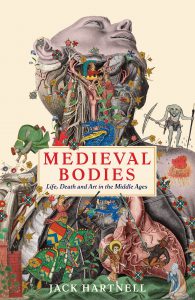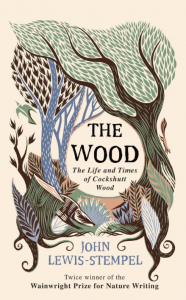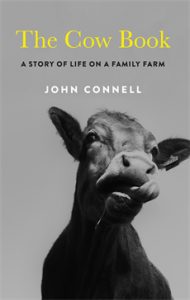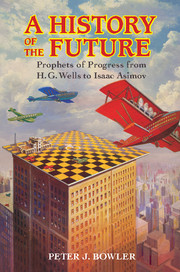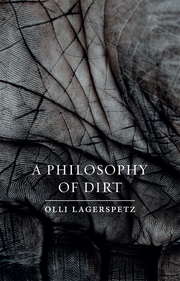Nature, Bodies & the Shape of Things to Come
13 April 2018 | cities, City, Guardian, Reviewing, Science, Science & literature, TLS | Post a comment
I have to be honest and admit that I'm struggling a bit to keep up with reviewing, writing and updating my blog at the moment! Still better to have too much work, than not enough...
So in between trying to write my book on urban detectives for Bloomsbury (thanks for being so patient guys...), I've been reading a study of medieval bodies and a couple of books on rural life for the Guardian, as well as one on the shape of things to come for the TLS.
Art historian Jack Hartnell's Medieval Bodies: Life, Death and Art in the Middle Ages explores the medieval world-view through the body. Rather than a closed system, the body was seen as fundamentally linked to the external world of matter and spirit: “understanding the body was just one part of an attempt to make sense of the universe in its entirety”. The body was at the centre of their physical and metaphysical world-view, an endlessly fecund source of metaphors and ideas around which their imaginative and intellectual lives evolved.
Hartnell’s erudite yet lively prose, accompanied by beautiful colour illustrations, brings the Middle Ages alive in a physical, and almost visceral way. He highlights the surprisingly deep cross-cultural links between Byzantium, Europe and Islam, and shows how philosophy, art, religion and practical knowledge about treating wounds and illnesses, as well as anatomical ideas, informed medieval attitudes and beliefs about the body. A triumph of historical scholarship. My review is in Saturday's Guardian.
Countryside writer John Lewis-Stempel has written a beautiful book about a wood in Herefordshire which he managed for four years. Nature is not abstract in his writing, but visceral. It’s a physical presence, sometimes sensual, sometimes cruel, but always full of wonder – from the “sad soliloquies” of the robin in January to “a dead rabbit reanimated by the maggots inside it”.
He has a wonderful way with words, and his descriptions of nature have a no-nonsense concision that is remarkably evocative, from the “paper-rustle of rabbits scuttling across dry sycamore leaves” to “the hand-clap of pigeon wings”. You can read my review of The Wood here.
Mark Connell's The Cow Book covers a similar subject but in a very different style. It's a brooding, powerful memoir about a 29-year-old man’s return to the family farm in Ireland and his difficult relationship with his morose and short-tempered father.
As well as a memoir, Connell’s book explores our relationship with cattle, our companions for some ten thousand years: “to speak of cattle is to speak of man”. From the ancient wild ox, the auroch, that appears in ancient cave art to the extermination of the American buffalo by European settlers and Robert Bakewell’s selective breeding in the eighteenth century that produced the first beef cow and influenced Charles Darwin’s theory of natural selection.
It's clear, though, that the strength and power of this book lies not in natural history but in Connell’s deeply personal account of trying to reassemble the pieces of his life after a period of severe depression, what he terms “the Past”. You can read my review at the Guardian.
Both these books about the countryside are memorable and strongly recommended. I'm fascinated by the powerful connection to landscape and nature that I'm finding in many new non-fiction books. It's as if the nation whose people pioneered the move to cities in the 19th century and where by 2030 more than 90% will be city dwellers, has suddenly rediscovered the value of reconnecting to the natural world.
The final book I've reviewed is Peter Bowler's A History of the Future: Prophets of Progress from H. G. Wells to Isaac Asimov. This was a fascinating book for me to read, because it reminded me of the research I did while writing Doomsday Men. In particular the fiction of HG Wells. The historian of science Peter Bowler describes Wells as a “prophet of progress” and argues that the voices of such technological optimists have been obscured in surveys of the way the future was depicted in writing during the first two-thirds of the twentieth century. He accuses fiction writers of spreading an atmosphere “of permanent doom and gloom” while popular science writing was “full of expectations of future benefits”.
Instead of exploring the “nightmare stories set in a dehumanized world” of Huxley, Yevgeny Zamyatin and others, Bowler concentrates on the work of what he terms the “enthusiasts”, writers of popular science from J. B. S. Haldane, J. D. Bernal and A. M. Low to Arthur C. Clarke and Isaac Asimov, who were typically optimistic about a future improved by the discoveries of science.
It's a fascinating study and well worth reading, although I felt in the end that he risked over-simplifying what is at heart a complex and subtle story of the interaction of science, society and culture. My review appears in the 13 April issue of the TLS and is sadly not free to view, although if you have a subscription it's online here.
If I find a free moment I may post it on my website...
